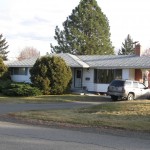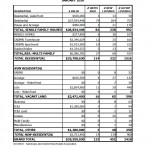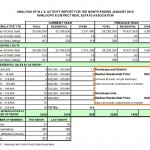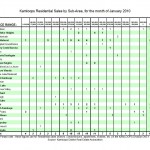From the Vancouver Sun.
The mortgage-rate fuelled bounce back of British Columbia real estate in 2009 has probably used up most of the market’s growth for 2010 and 2011, according to a new estimate from the B.C. Real Estate Association.
Association chief economist Cameron Muir is forecasting province-wide sales in 2010 to increase only three per cent above the hot 2009 results to 90,100 sales in 2010, then slip back three per cent to 87,500 units in 2011.
The provincial average price, Muir is forecasting, will advance five per cent to $490,900 in 2010 then eke out just one-per-cent growth to $494,800 in 2011.
Muir characterized his forecast as 2009 ending with a “gold medal finish, [which] will give way to a silver medal performance in 2010.”
“Affordability is the biggest factor over the longer term,” Muir added in an interview, “because home prices in markets such as Victoria and Vancouver are trending on record levels, and mortgage rates are likely to edge higher at the end of this year and through 2011.
“That’s going to increase the carrying cost of housing, and by extension, overall housing demand.”
Home carrying costs, the monthly mortgage payment, taxes and other fees, saw a dramatic trim during the downturn that lasted through the last half of 2008 and first part of 2009, but Muir noted that that advantage is rapidly disappearing.
In his forecast, Muir estimates that the markets that roared back the most in 2009 — Metro Vancouver, the Fraser Valley and Victoria — will be among those with the most muted results in 2010 and 2011.




